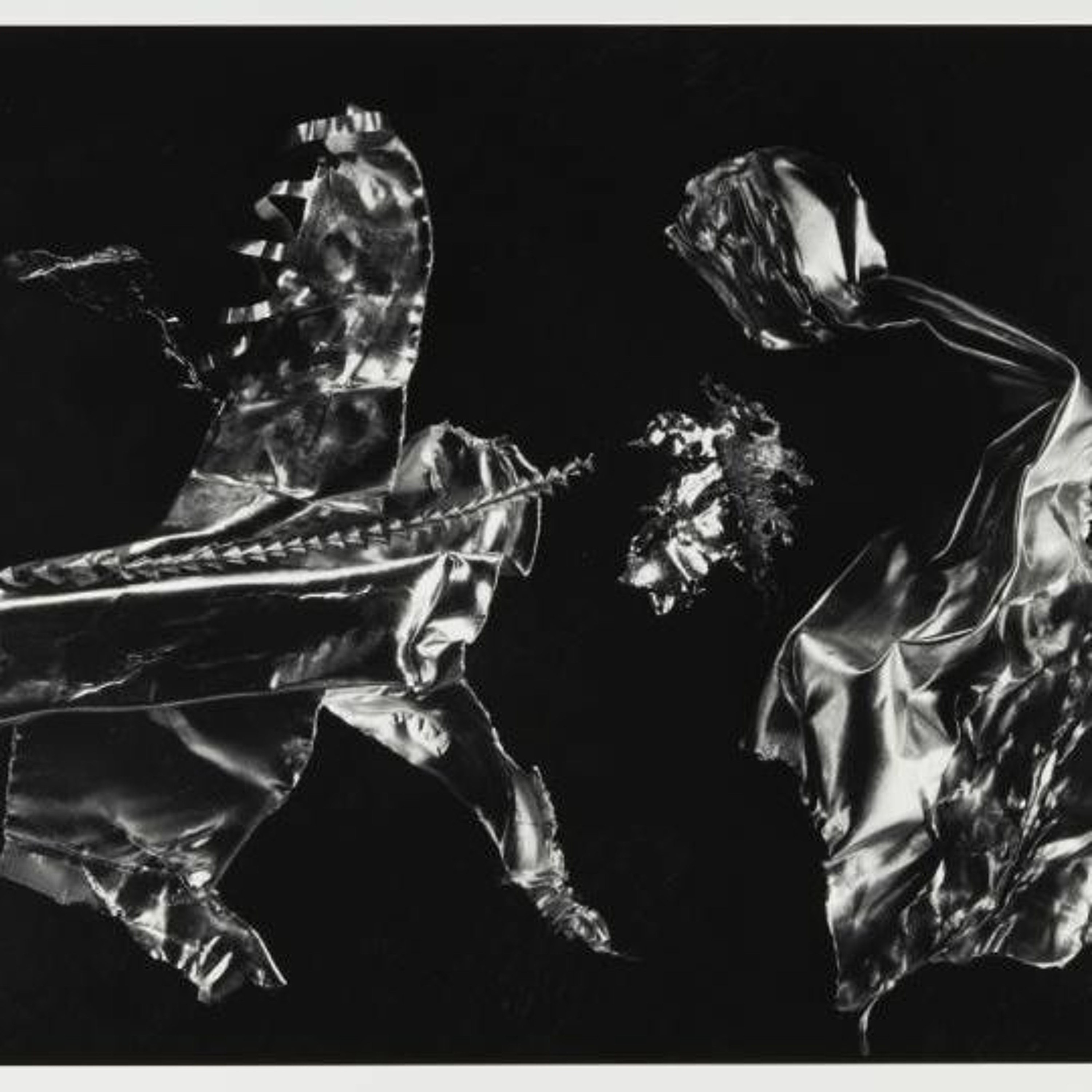- Culture
- SEE MORE
- classical
- general
- talk
- News
- Family
- Bürgerfunk
- pop
- Islam
- soul
- jazz
- Comedy
- humor
- wissenschaft
- opera
- baroque
- gesellschaft
- theater
- Local
- alternative
- electro
- rock
- rap
- lifestyle
- Music
- como
- RNE
- ballads
- greek
- Buddhism
- deportes
- christian
- Technology
- piano
- djs
- Dance
- dutch
- flamenco
- social
- hope
- christian rock
- academia
- afrique
- Business
- musique
- ελληνική-μουσική
- religion
- World radio
- Zarzuela
- travel
- World
- NFL
- media
- Art
- public
- Sports
- Gospel
- st.
- baptist
- Leisure
- Kids & Family
- musical
- club
- Health & Fitness
- True Crime
- Fiction
- children
- Society & Culture
- TV & Film
- gold
- kunst
- música
- gay
- Natural
- a
- francais
- bach
- economics
- kultur
- evangelical
- tech
- Opinion
- Government
- gaming
- College
- technik
- History
- Jesus
- Health
- movies
- radio
- services
- Church
- podcast
- Education
- international
- Transportation
- Other
- kids
- podcasts
- philadelphia
- Noticias
- love
- sport
- Salud
- film
- and
- 4chan
- Disco
- Stories
- fashion
- Arts
- interviews
- hardstyle
- entertainment
- humour
- medieval
- literature
- alma
- Cultura
- video
- TV
- Science
- en
Pictures Come From Pictures

Throughout his career as both a photographer and as a professor of Art History, Carl Chiarenza has argued that pictures come from other pictures. By this he means that we are influenced by all of the pictures we’ve seen before and—whether consciously or unconsciously—we use them as models when we create pictures of our own. Chiarenza elaborates on this idea in a 2008 interview with LensWork editor Brooks Jensen: The whole idea of pictures coming from pictures—is in my career both as a photographer and historian—has always been central to my thinking about picture-making, and photography in particular. And more my work more particularly. In the past when I taught for some 30 years, I would start every class—no matter what the period or theme was, whether it was Renaissance art or medieval art, twentieth century art or photography—the first class would always involve cave pictures and we would have this discuss that we don’t know where those pictures came from. There are a lot of theories about it, but obviously, the cave people didn’t write anything down, so all we have are the pictures and our assumptions about ceremonies, about animals—either taking care of the spirit of the animals or... Anyway my point--before I go too far adrift!—is that it seems to be that those are the first pictures that we know about. And if we talk about what’s happened since, from my point of view, pictures have always come out of the picture making that started there. Which is to say it has something to with something that is very personal, that is communal, that is time specific, that refers to what they used to call the zeitgeist, and that every generation, it seems to me, reflects on what came before, either negatively or positively, and develops from that. So I don’t say there’s a progression or an evolution or development, but it seems to me that we always, whether we’re thinking consciously about it or not, If we’re making pictures, we can’t avoid that history that’s within us from looking, if not making. Source: LensWork Interview (2008)